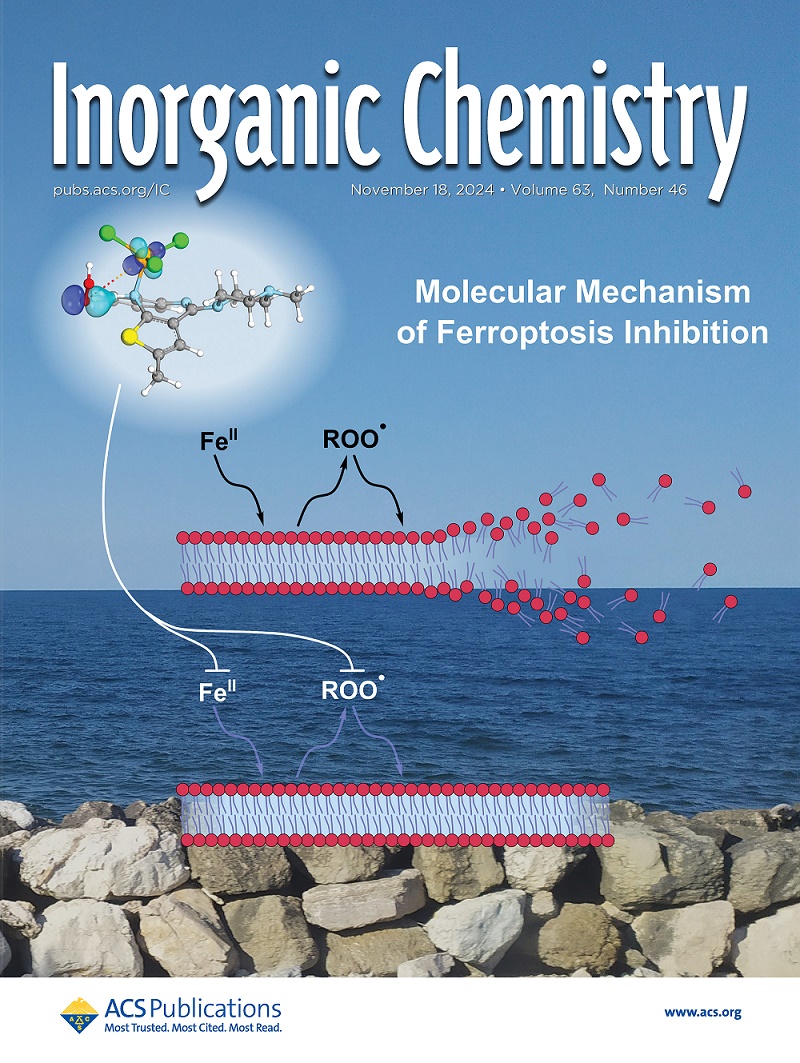Local Electronic Regulation by Oxygen Coordination with Single- Atomic Iridium on Ultrathin Cobalt Hydroxide Nanosheets for Electrocatalytic Oxygen Evolution
IF 4.3
2区 化学
Q1 CHEMISTRY, INORGANIC & NUCLEAR
引用次数: 0
Abstract
Rationally optimizing the atomic and electronic structure of electrocatalysts is an effective strategy to improve the activity of the electrocatalytic oxygen evolution reaction (OER), yet it remains challenging. In this work, atomic heterointerface engineering is developed to accelerate OER by decorating iridium atoms on low-crystalline cobalt hydroxide nanosheets (Ir–Co(OH)x) via oxygen-coordinated bonds to modulate the local electronic structure. Leveraging detailed spectroscopic characterizations, the Ir species were proved to promote charge transfer through Ir–O–Co coordination between the Ir atom and the Co(OH)x support. As a result, the optimized Ir–Co(OH)x exhibits excellent electrocatalytic OER activity with a low overpotential of 251 mV to drive 10 mA cm–2, which is 63 mV lower than that of pristine Co(OH)x. The experimental results and density functional theory calculations reveal that the isolated Ir atoms can regulate the local coordination environment and electronic configuration of Co(OH)x, thus accelerating the catalytic OER kinetics. This work provides an atomistic strategy for the electronic modulation of metal active sites in the design of high-performance electrocatalysts.

求助全文
约1分钟内获得全文
求助全文
来源期刊

Inorganic Chemistry
化学-无机化学与核化学
CiteScore
7.60
自引率
13.00%
发文量
1960
审稿时长
1.9 months
期刊介绍:
Inorganic Chemistry publishes fundamental studies in all phases of inorganic chemistry. Coverage includes experimental and theoretical reports on quantitative studies of structure and thermodynamics, kinetics, mechanisms of inorganic reactions, bioinorganic chemistry, and relevant aspects of organometallic chemistry, solid-state phenomena, and chemical bonding theory. Emphasis is placed on the synthesis, structure, thermodynamics, reactivity, spectroscopy, and bonding properties of significant new and known compounds.
 求助内容:
求助内容: 应助结果提醒方式:
应助结果提醒方式:


